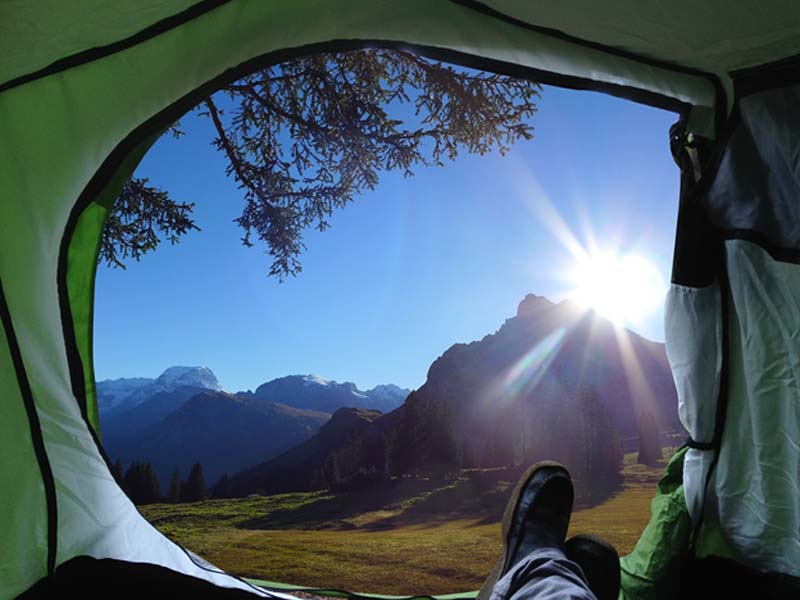
Five Things Every Safe Camper Should Bring with Them into the Woods
July 17, 2017If you’re heading out into the woods this summer to enjoy some nature, you’ll probably be packing your tent, sleeping bag, flashlight, and hot dogs. Even novice campers know many of the basics for a camping trip, but not everyone thinks about some essential safety items everyone should have. Here’s what you should take out into the woods with you next time you head out on a camping adventure.

Insect repellent
You may think of bug spray as something that protects against a nuisance, but in fact, insect repellent is a safety item. You may use bug spray to rid yourself of pesky mosquitos at the backyard BBQ, but out in woods insect repellent has a more important purpose: to dissuade ticks. As the CDC notes, Lyme disease, southern tick-associated rash illness (STARI), Rocky Mountain spotted fever (RMSF), ehrlichiosis, and tularemia are all illnesses carried by ticks. Some of these illnesses can cause rashes, nausea, fever, and some (like Lyme disease) can have long-term effects. Long story short, don’t forget the bug spray.
A basic first aid kit
Whether you plan on participating in moderate to strenuous outdoor activity on your camping trip, don’t leave the first aid kit at home. There are dozens upon dozens of mild to moderate injuries that occur every year on camping trips that you may not even think about like bee stings, large splinters, twisted ankles, burns, and cuts and scrapes. Check this resource for a fairly comprehensive list of items that are commonly found in a first aid kit.
A GPS device
No, not your cell phone. Depending on how far out you venture into the woods, cell service can be spotty to non-existent. Many modern GPS devices come equipped with basic offline area maps, electronic compasses, altimeters, and other bits of orientational info that could save your life. Don’t be cocky and think you know an area so well that there’s no way you could get lost. Here’s how to pick and use a GPS device.
Fire safety knowledge
Not a physical item, but no less important. In order to have a safe camping trip, you must know the various precautions you need to take when building, maintaining, and extinguishing your campfire. Here are the basics: make sure there is nothing within a 10 foot radius of your campfire (both laterally and vertically); always build a ring of rocks around your fire to contain it; do not to use accelerants; always have water/dirt handy to put it out; never leave it unattended; and put it out before you go to bed. Here are some more campfire tips.
Bear protection
Bear attacks are rare, but they do happen and it’s one of those things where it’s better to be safe than sorry – especially when it’s so easy to be safe. The first thing you should take with you is a bear box – a case that keeps animals out of your food. You should also consider taking some bear mace, as it is a highly effective way to stop a charging bear, if you happen to be so unlucky as to find yourself in that situation. Your camping knife, multi-tool, and even your camp axe will not help you against a bear.
Getting lost, injuries you can’t treat, copious bug bites, and fire accidents are just a few things that can ruin any good camping trip. As with most safety tips, camping safety tips boil down to one eternal truth: it’s always better to be safe than sorry.
Photo Credit: Pixabay.com
[175 total views]

